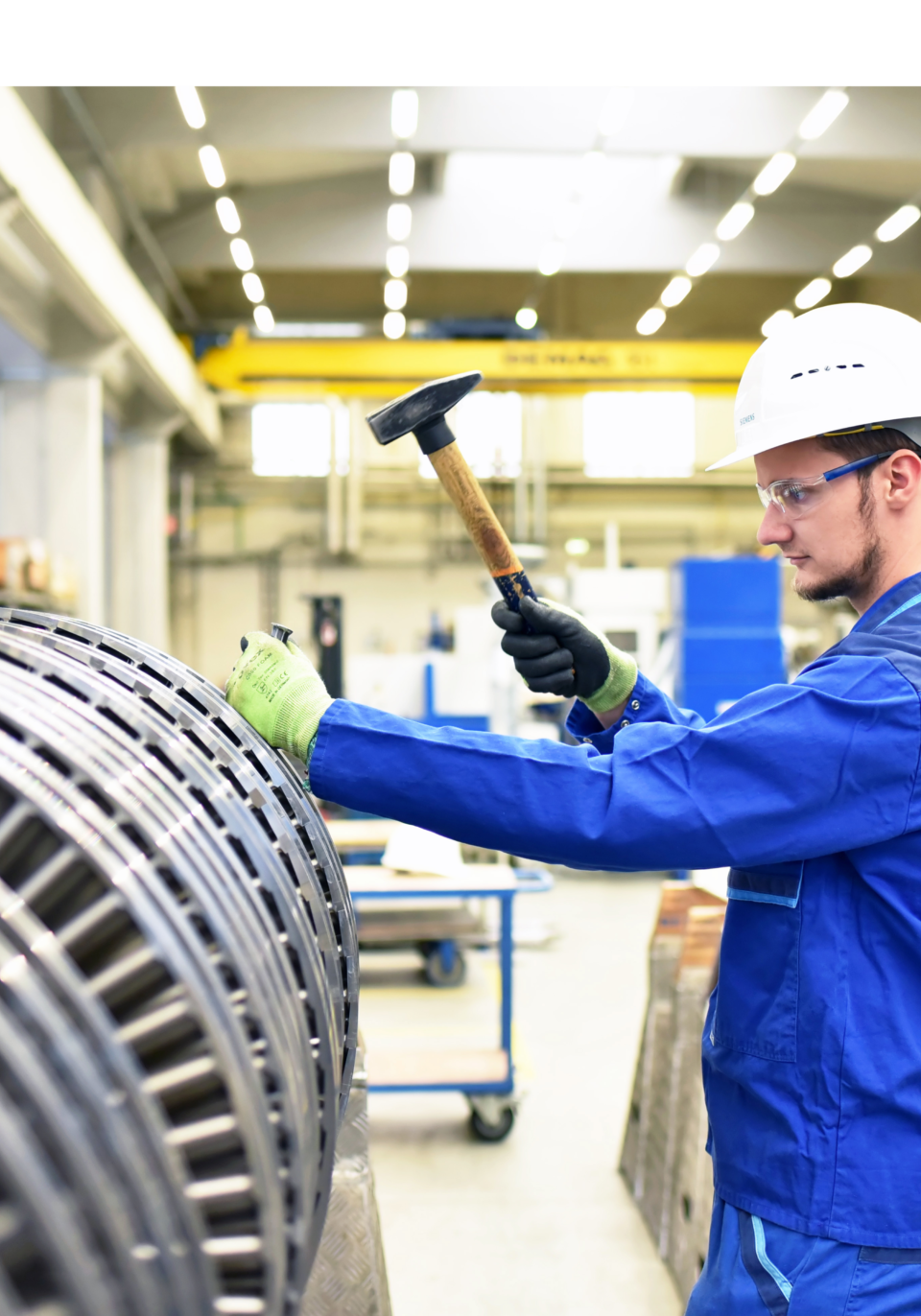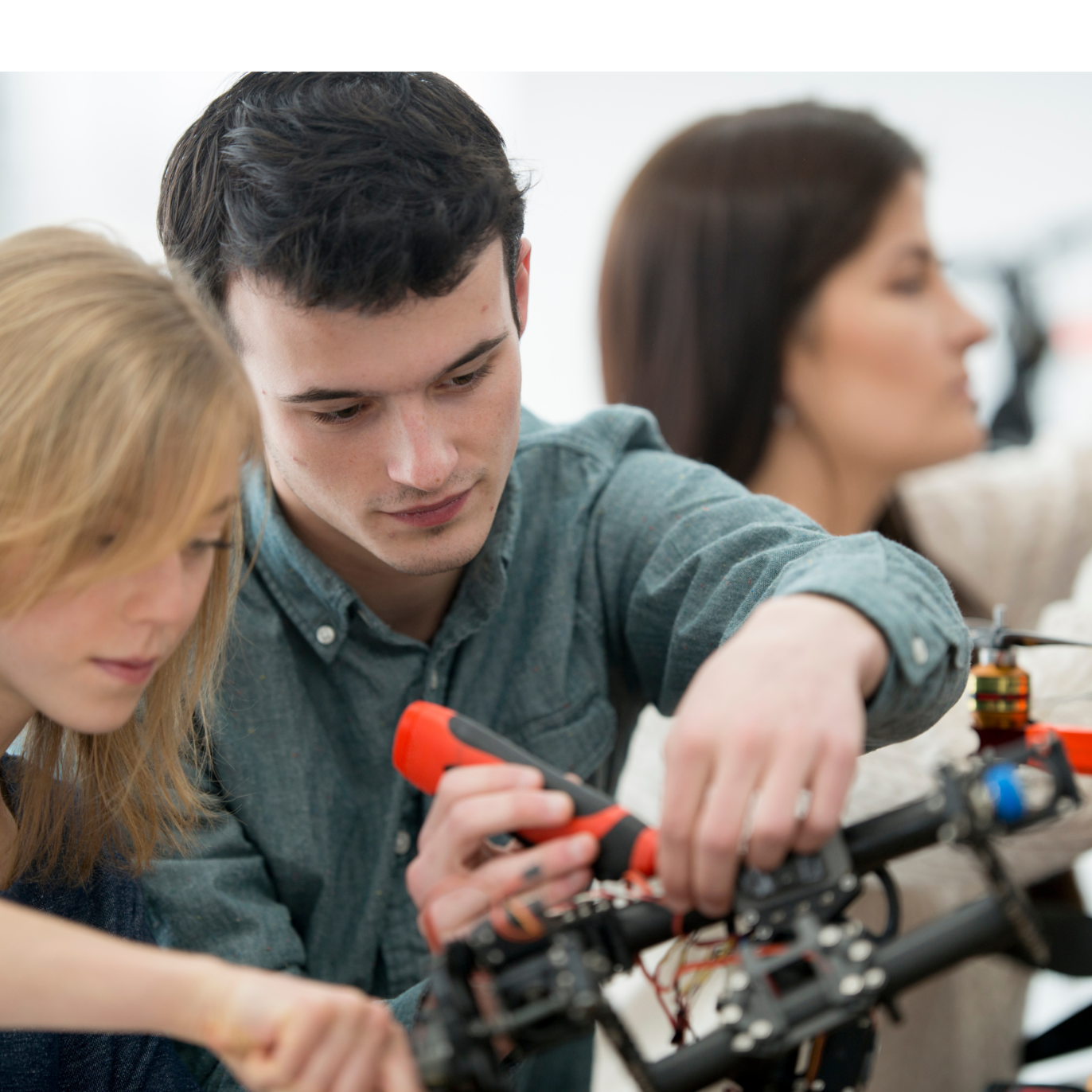Workforce training is a critical component to the growth of any organization.
Workforce development isn't a "one and done" initiative to train employees. Rather, it's an ongoing process of educating and empowering workers so that they can tackle the workplace problems of tomorrow. The EDA is actively partnering with organizations to better understand their workforce needs, and develop solutions to best meet their specific staffing needs.
What is Workforce Development?
According to Wikipedia, Workforce Development is an approach to economic development, attempts to enhance a region's economic stability and prosperity by focusing on people rather than businesses. It essentially develops a human-resources strategy. Workforce development has evolved from a problem-focused approach, addressing issues such as low-skilled workers or the need for more employees in a particular industry, to a holistic approach considering participants' many barriers and the overall needs of the region.
Workforce development has historically occurred in two forms: place-based strategies that attempt to address the needs of people living in a particular neighborhood, and sector-based strategies that focus on matching workers' skills to needs in an industry already present in the region.
Across both approaches, themes for best practices have emerged. Successful workforce development programs (WDPs) typically have a strong network of ties in a community, and are equipped to respond to changes in their environments. Additionally, they take a holistic approach to the problems faced by participants.

The responsibility for workforce development in the United States has rested on the government's shoulders for at least a century, since the advent of public schools. This formal system of education replaced earlier systems in American history when students whose parents desired them to learn a trade other than their parents' took up apprenticeships. Informal schooling took place at home, depending on the household's ability and income level. Public schools were founded to prepare students to earn a living wage by providing them with skills such as reading and arithmetic. However, employers still typically provided vocational training on-the-job.
Traditional workforce development has been problem-focused. Economic development practitioners evaluated neighborhoods, cities, or states on the basis of perceived weaknesses in human-resource capacity. However, recent efforts view workforce development in a more positive light. Economic developers use workforce development as a way to increase equity among inhabitants of a region.
Workforce development as of 2016 often takes a more holistic approach, addressing issues such as spatial mismatch or poor transportation to jobs. Programs to train workers often form part of a network of other human-service or community opportunities.

Career and Technical Education
Each public school in Redwood County provide some type of career and technical education to students, some as young as 6th grade. These courses provide students the opportunity to have hands-on experiences in various industries. Experiences can be within the classroom or on-site with a local employer. We know these experiences allow students to broaden their awareness to career opportunities, but also what industries and businesses operate within their community.
The Southwest Minnesota Private Industry Council is a local organization which provides support and programs from youth to adult learners. Employers will also find a variety of tools to assist in trainings, internship/apprenticeship, work experience and transitional job programming, on-the-job training and incumbent worker training program and many more.
More Resources
Interested in learning more?
Reach out to Grady, Economic Development Coordinator to discuss your workforce needs and what programs may serve your organization.
